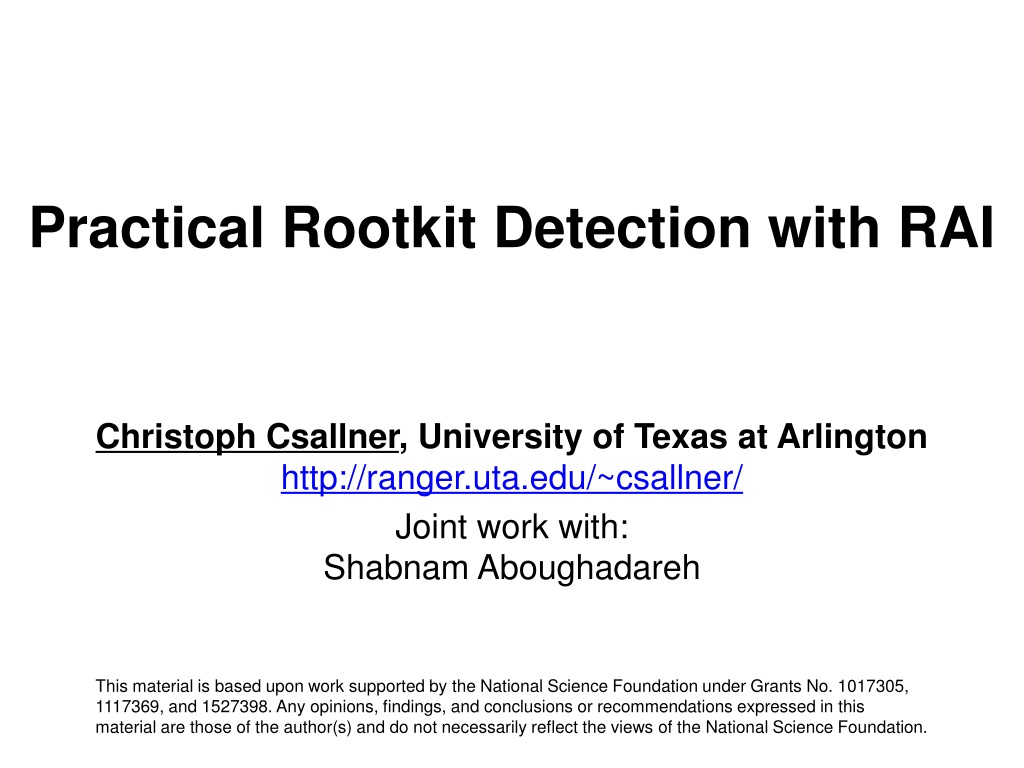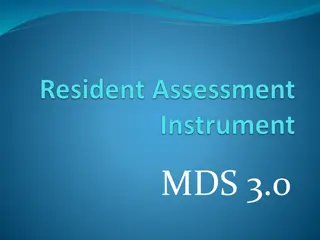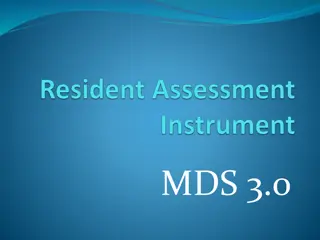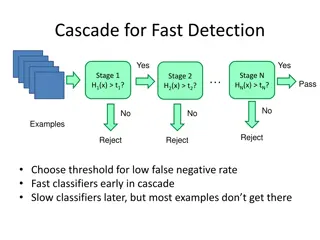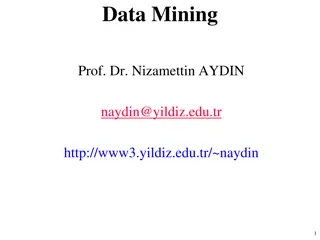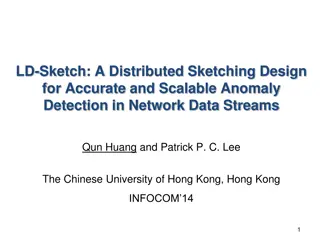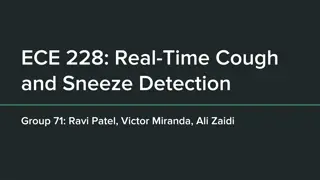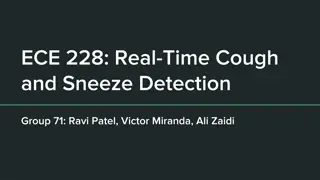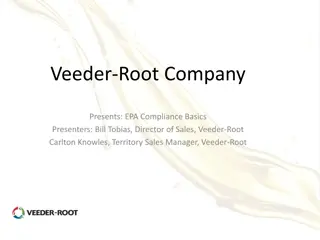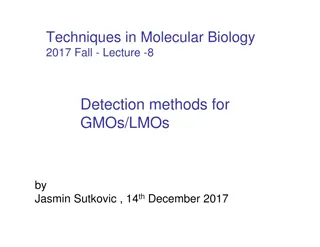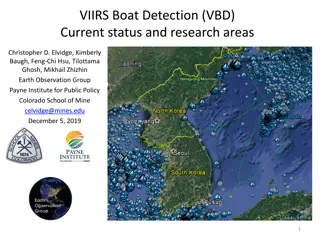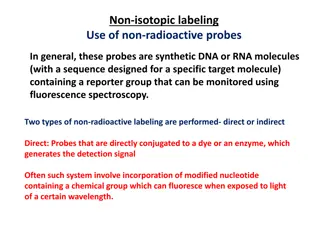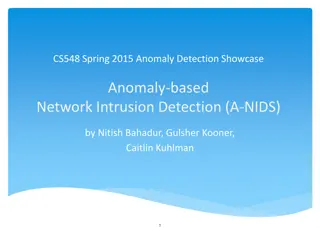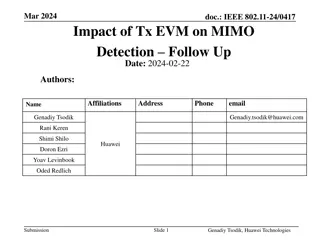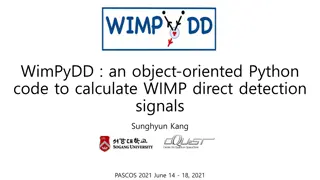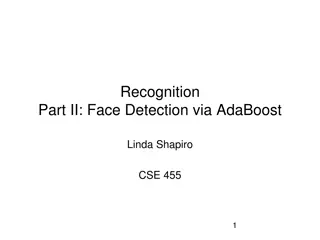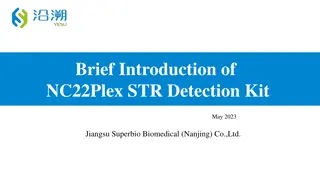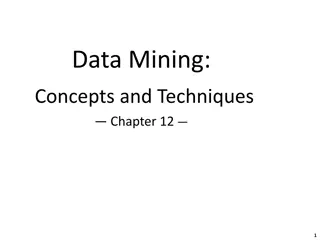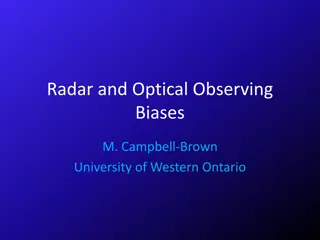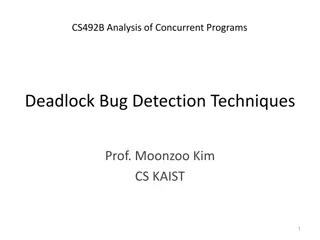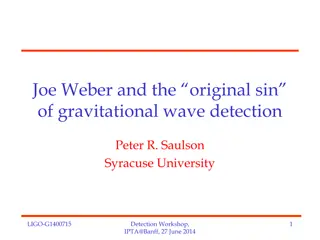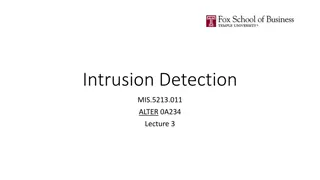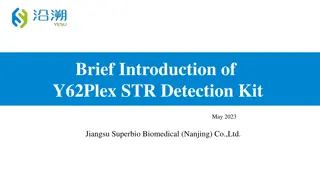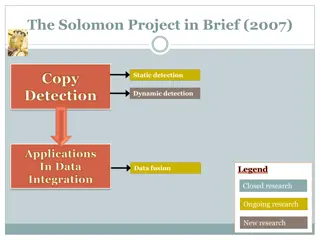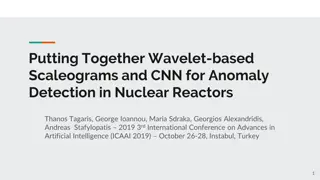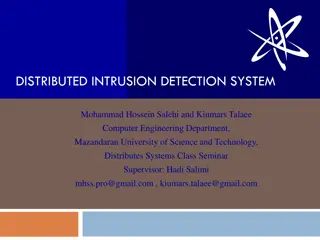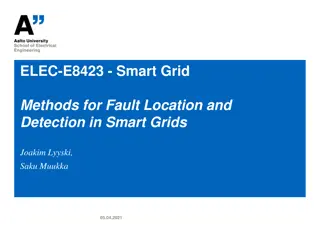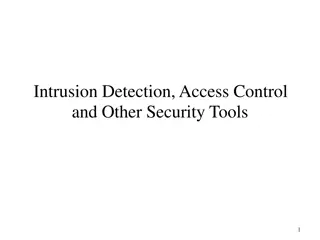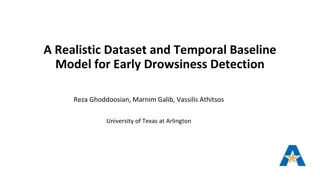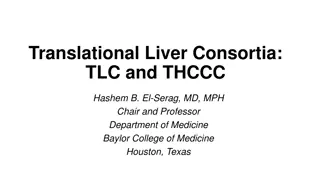Rootkit Detection with RAI - Practical Challenges and Solutions
Practical Rootkit Detection with RAI by Christoph Csallner explores the challenges in malware detection, such as slow signature-based deployments and untrustworthy legacy platforms. The threat model presented illustrates how adversaries can manipulate binaries and gain root access. RAI offers a solution through a tiny kernel module that offloads detection to a server in real-time, eliminating the need for system restarts or disabling current antivirus software. Deployed on running applications, RAI dynamically manages white and blacklists using a voting scheme for efficient monitoring against infections.
Download Presentation

Please find below an Image/Link to download the presentation.
The content on the website is provided AS IS for your information and personal use only. It may not be sold, licensed, or shared on other websites without obtaining consent from the author. Download presentation by click this link. If you encounter any issues during the download, it is possible that the publisher has removed the file from their server.
E N D
Presentation Transcript
Practical Rootkit Detection with RAI Christoph Csallner, University of Texas at Arlington http://ranger.uta.edu/~csallner/ Joint work with: Shabnam Aboughadareh This material is based upon work supported by the National Science Foundation under Grants No. 1017305, 1117369, and 1527398. Any opinions, findings, and conclusions or recommendations expressed in this material are those of the author(s) and do not necessarily reflect the views of the National Science Foundation.
Practical Detection Challenges C1: Malware detection app = Attack surface Current AV very large C2: Signature-based is slow Deployment typically needs app restart New attack signature not yet in black list What if legacy app infected before white-listed? C3: Can t trust legacy platforms No TPM, intel VT-x, etc. 1
Threat Model: Many machines like: . App#1 App#N User Kernel Operating System Kernel Module#1 . Kernel Module#M 2
Threat Model Monitored app / OS may be kernel- or user-mode OS may be on hardware, container, VM System may already be under attack Adversary has full ongoing access to OS & apps Inject code Manipulate binaries on disk & in memory Obtain higher privilege level: Root, .. Hook sys call table, overwrite code & read-only data 3
RAI Setup App 1 .... App N App 1 .... App N Operating system Operating system Kernel module 1 .... Kernel module 1 .... RAI kernel module RAI kernel module Machine 1 Machine 3 RAI Back-end App 1 .... App N App 1 .... App N Operating system Operating system Kernel module 1 .... Kernel module 1 .... RAI kernel module RAI kernel module Machine 2 Machine 4 4
RAI Design RAI component is tiny kernel module Easier to install / test / port / hide Small attack surface No need for special hardware / virtualization Offload almost everything to RAI server On-demand ( real-time ) detection No restart of monitored system / app needed No need to disable current AV No need to black / white list 5
RAI Design Deploy on running applications Get dynamic white / black list via voting scheme Client: Periodically monitor (hash) physical memory Server: Request & compare hashes in random intervals If only minority of apps infected Server voting scheme: Hash outliers are suspicious Attack usually spreads relatively slowly across sites 6
Implementation: Physical Memory (RAM) Hashing Hash of pages hashes Different machines may swap out different pages If comparison fails: Compare page-level hashes 7
Monitoring Dynamically Loaded Code Problem: Two instances of application can be in two different execution states Example: A benign dynamic library is loaded into one instance but not into the other instance Solution: Hashing each executable segment separately benign_lib2.so benign_lib1.so benign_lib1.so Hash_T2 ld.so ld.so Hash_T1 libc.so libc.so .text .text Application A in state S1 Application A in state S2 8
De-relocate Addresses Virtual addresses of kernel module / app library may differ across executions: Load order, etc. Position Dependent Code: In kernel module / legacy libraries OS loader relocates relative with absolute virtual address Different absolute address Code hashes will differ Don t want to rely on disk contents to resolve problem Heuristic Approach: Disassemble memory contents, find addresses and de-relocate them Use Distorm disassembler: Provides convenient access to opcodes and operands 9
Evaluation: Two Setups Local setup All clients on same physical machine 40 VMware Ubuntu Linux instances Two groups with the same kernel versions (2.6 and 3), 512 MB RAM, 32 and 64 bits processors 100 user-mode applications and 41 kernel modules One VM dedicated server: Ubuntu 12.04 LTS, 64 bits AWS setup Sets of 6 60 clients equally distributed over 10 AWS regions Similar setups to local experiment 90 user-mode applications Ubuntu 12.04 LTS, 30 GB RAM server running in Oregon 10
RAI evaluation: Slowdown Test-bed: 20 Ubuntu Linux VMWare virtual machines, kernel version 2.6, 3, 32-bit or 64-bit Intel processor, 512 MB RAM Server: Debian Linux, 2.33 GHz Xeon, 64-bit, 32 GB RAM 100 user-mode applications and 41 kernel modules RAI Activity Target Loc Slowdown (%) Hash User-mode app Client 8 Hash Kernel (OS) Client 3 Hash + de-relocate Kernel module Client 20 Compare hashes 20 VMS Server 15 11
RAI evaluation: False positives - False positive rate for user-mode applications and OS: 0% - False positive rate for kernel-mode modules: below %10 Reason: Disassembly errors for de-relocation of dynamic addresses. Kernel Module Number of Pages False Hash False Positive(%) e1000 22 3 13.6 vmwgfx 18 2 11.1 ttm 11 1 9.0 drm 33 1 3.0 bluetooth 55 3 5.4 rfcomm 9 1 11.1 psmouse 16 2 12.5 All 41 modules 314 13 4.1 12
RAI Evaluation Example detected rootkits Rootkit Exec Mode Kernel Version CPU Loc Attack LD_PRELOAD User 3, 2.6 32-bit, 64-bit Memory Exchange Libraries Jynxkit User 2.6 32-bit Memory Exchange Libraries Patch dynamic loader User 2.6 32-bit Disk Inject code Attach to process User 2.6 32-bit Memory Divert Execution System call hooking Kernel 3 64-bit Memory Change kernel data Suterusu Kernel 3 64-bit Memory Change kernel code 13
